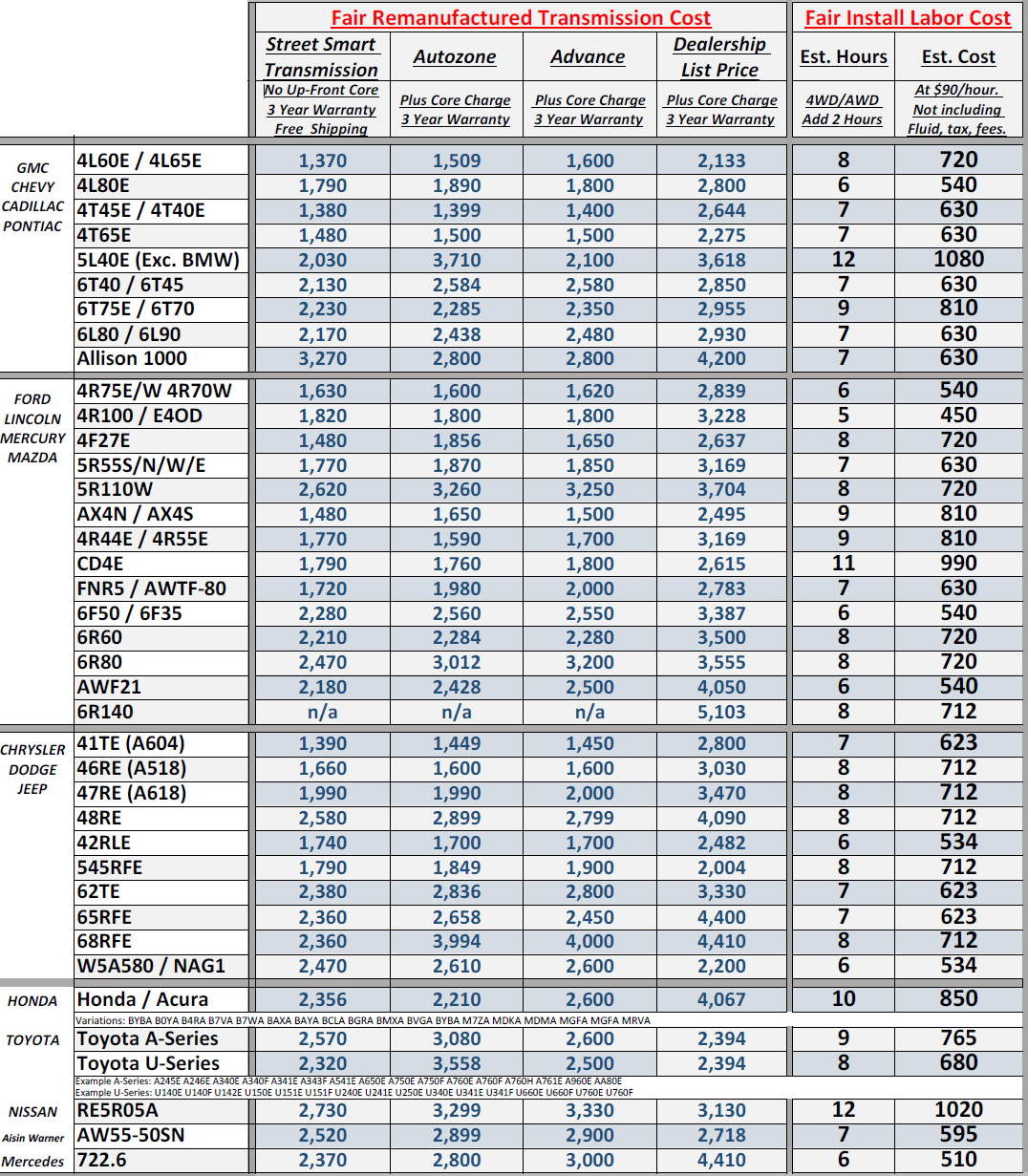Don’t stop thinking the problem is hydraulic because I believe it is. You haven’t found the source of the issue which, I think is an air bubble somewhere in the fluid line. The reason I suspect the problem is an air bubble is that you have to shut off the engine to get a reset, so to speak.
If there is no air in the line, then, when you press the clutch in, an actuator bar presses on the fluid which ultimately activates the throwout bearing and the clutch comes away friction plate, separating the engine and transmission so you can shift. If air is in the line, at first it works with the fluid, moving along with it. Over a few minutes, the air becomes a bubble which can effectively stop the fluid from acting, at all. Once this happens, your transmission is toast until you shut down your engine and start again.
What you need to do is bleed the system so the air is pushed out, leaving just the hydraulic fluid. That hydraulic fluid, believe it or not, is likely to be the same as the fluid used in your brakes. With that said, you have to remember to keep the master cylinder cover tightly closed and clean. I mention this now because you will have to open the master cylinder cover to make sure it is full. The master cylinder is usually beside the brake master cylinder, however, it is the smaller of the two. You must open it to make sure it is full before you begin to bleed the system.
In a hydraulic transmission, you have two cylinders, the master, which I just mentioned and the secondary, often located on the other side of the engine. The line between them is stainless steel because of the corrosive nature of the hydraulic fluid. Yes, there is a fiber-carrier-covered rubber line, as well. It is the secondary line. However, even if you pinch it off, as you did, you won’t be able to tell if there’s air in the system.
What you have to do next is find the bleeder valve/screw. Now, with a friend building some pressure in the system by pumping up the clutch, open the bleeder and wait. You should see some bubbles and fluid escape. Now, repeat the process. Each time you will see bubbles and fluid. Your assistant will also have to pump up the pedal again as it has gone to the floor and is now staying there because there’s no pressure yet in the system. Eventually, there will be no more bubbles and the system should be performing correctly. I think that should solve your problem.

